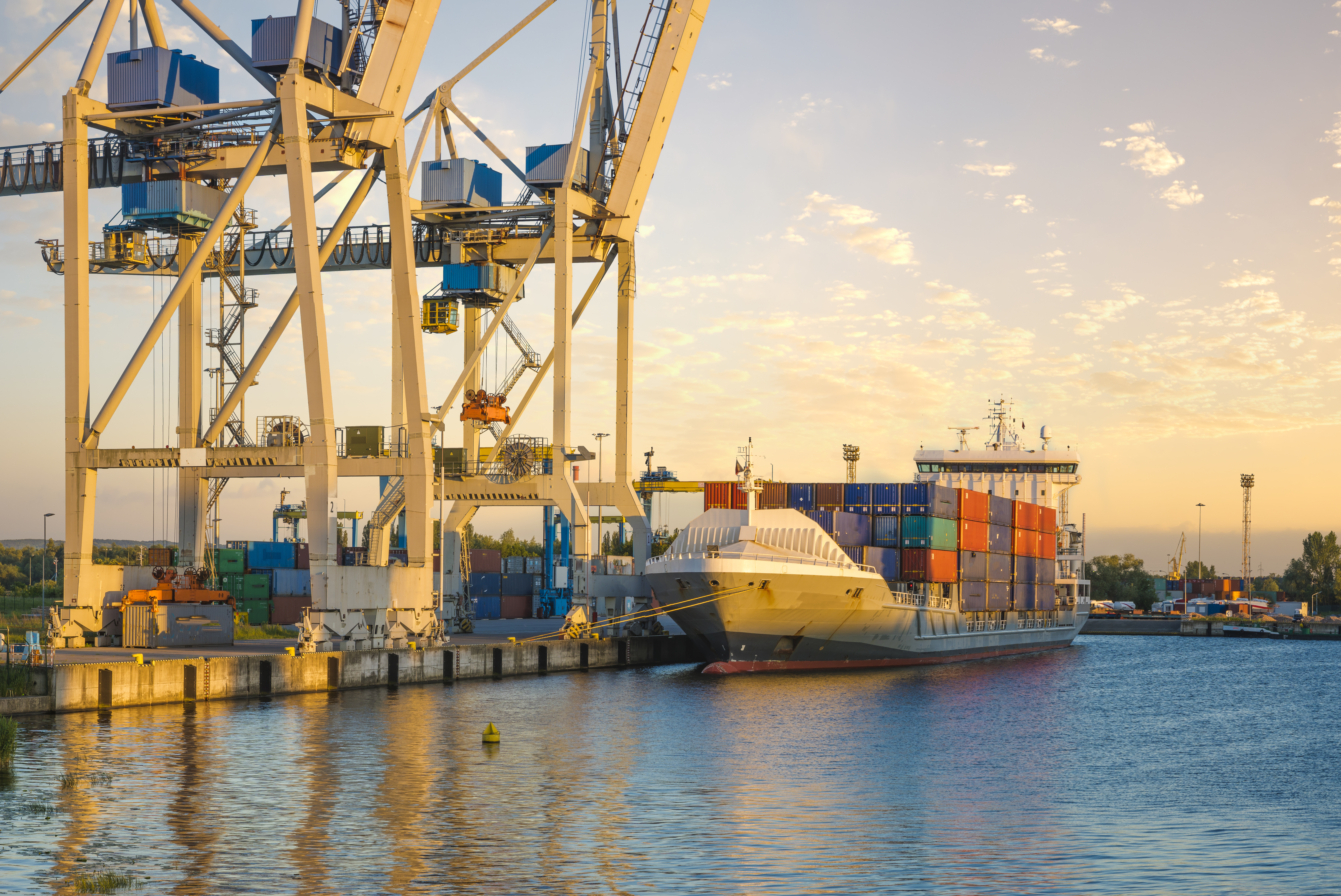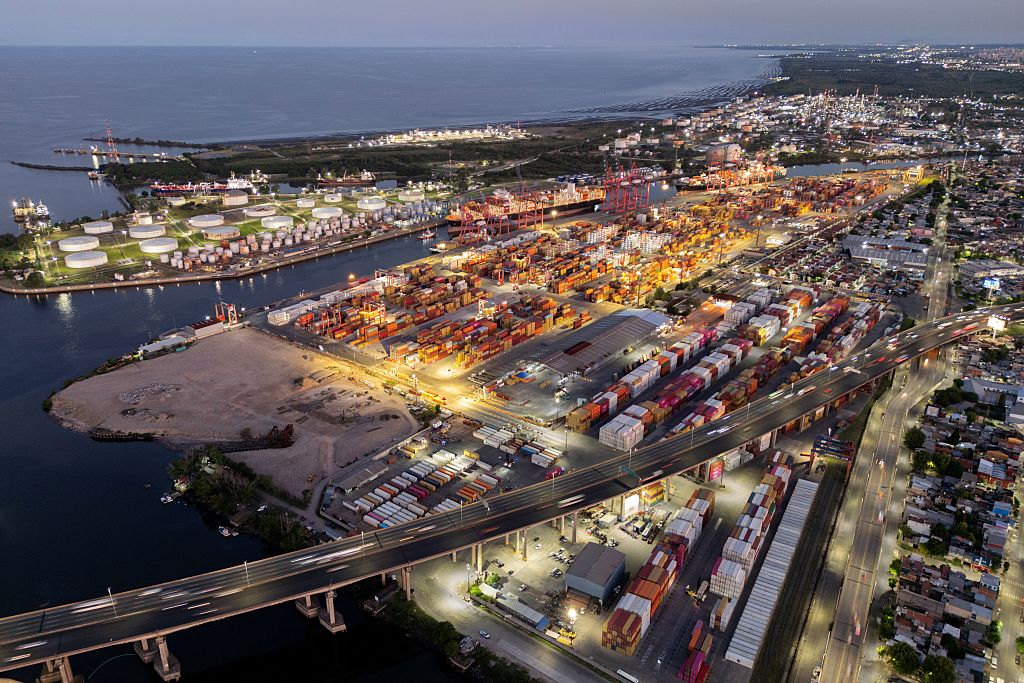8th Annual Latin America Predictors Forum: Economic, Financial, and Trade Predictions for 2012
8th Annual Latin America Predictors Forum: Economic, Financial, and Trade Predictions for 2012
Panelists shared predictions on the economic, financial, and trade outlook for the Americas in 2012, including growth rates and expanding ties with Asia.
Speakers:
- Guilherme Da Nóbrega, Senior Economist, Banco Itaú, São Paulo, Brazil
- Eric Farnsworth, Vice President, Americas Society/Council of the Americas, Washington, DC
- Sergio Luna, Vice President, Department of Economic and Sociopolitical Research, Citi Latin America, Mexico City, Mexico
- Bret Rosen, Senior Latin America Strategist, Standard Chartered Bank, New York, NY
Summary
Americas Society/Council of the Americas held a panel discussion on December 2 in Miami on the economic outlook for the Americas of 2012. The discussion centered on Latin American macroeconomic stability, political and economic factors in key countries, and growing links with the Asia-Pacific region.
Strong Macroeconomic Stability
The panelists agreed in their predictions that Latin America as a whole will continue to grow, albeit not as much as in 2011. Bret Rosen of Standard Chartered Bank and Sergio Luna of Citi Latin America each predicted 4 percent growth rates for Peru, Chile, Colombia, and Mexico, down from 4.5 to 5 percent growth in 2011. Guilherme Da Nóbrega of Banco Itaú predicted a growth rate of 3.5 percent in Brazil, attributing slower growth to domestic rather than external factors. According to Da Nóbrega, the economy was growing too quickly with high inflation, making it unsustainable. The government and banks have now initiated more conservative policies to curb investment spending and slow economic growth to a more sustainable level. Da Nóbrega believes the country will continue to grow and expects a particularly robust second half in 2012.
Luna discussed Mexico’s continued strong economic growth and noted that for the first time since 2006, Mexico will experience higher growth than Brazil in 2012. He stressed that although the U.S. economy is weak, the manufacturing sector remains strong, which remains an important element linking the two economies. He expects continued growth for Mexico, though he admitted that a double-dip recession in the United States would be harmful to the Mexican economy.
All the panelists revealed their concerns with the eurozone crisis and how Latin America could suffer because of it. But they spoke with optimism about Latin American macroeconomic stability and the region’s capacity to weather external shocks. Luna predicted that the eurozone will contract 1 to 2 percent in 2012, but expects Latin America to continue growing. Rosen noted that unlike some other developing countries, Latin American economies have internal levers to accommodate external economic shocks such as monetary reserves and fiscal stimulus programs. In a similar manner, Da Nóbrega highlighted Brazilian initiatives to protect growth, such as a government stimulus package and removal of taxes on bank bonds and foreign equity.
Political and Economic Factors in Key Countries
Speakers discussed a crowded electoral calendar in the Americas in 2012 as the United States, Mexico, and Venezuela will hold presidential elections. They agreed that these elections will undoubtedly affect economic policy.
With regards to Mexico, Luna said that he expects a continuation of Calderón’s economic policies with an Institutional Revolutionary Party (PRI) victory. Currently leading in the polls, a PRI executive-branch win paired with the legislative majority will facilitate economic reforms. Following a question from the audience, Luna expressed his belief that an opening of the media will be brought about from judicial, rather than presidential change. COA's Eric Farnsworth added that U.S. and Mexican elections coincide every 12 years and this creates a rift in rhetoric surrounding immigration and other issues, rather than a focus on economic concerns.
In the case of Venezuela, Rosen warned that Venezuelan President Hugo Chávez could use his power over the economy to “buy” the election. To secure his stay in power, Chávez will use massive public spending projects to appeal to the masses, said Rosen. He predicts that Chávez’s control over the economy, military, and the press will guarantee his electoral win.
Speaking about Brazil, Da Nóbrega said the most important factor will be continued growth of the lower and middle classes, given the country’s high income inequality. He pointed out that as a resource-rich nation, most of the focus on Brazil revolves around commodities, but the expanding middle class further increases the consumer population. The strength of the investment boom is also contributing to economic growth; Da Nóbrega predicted that the large influx of foreign investment will continue for the next 10 years. He also mentioned new government educational reforms to combat the labor shortage resulting from the quickly growing economy. He believes Brazil will not succumb to Dutch Disease or macroeconomic instability due to its expanding consumer population, increased diversification of the economy, and initiatives by the Brazilian government to protect growth.
Growing Ties with Asia
Speakers highlighted the strength of commodity markets and their ties to the Asia-Pacific region as an important trend for Latin American economies. Rosen noted that Brazil, Peru, Argentina, and Chile are increasing their commodity exports to China and benefiting from high Chinese demand. He added that 15 percent of Brazil’s exports in 2011 went to China. But Farnsworth and Da Nóbrega pointed out that Chinese growth is slowing, and thus an increasing concern for Brazil and Peru, China’s top trade partners in South America. Rosen said he believes that Latin America need not worry as long as Chinese growth remains around 8 percent. He cautioned that there’s room for concern if Chinese growth decreases to 5 to 6 percent, though Latin America will still be cushioned by other Asian countries like India, with high demand for commodities. Rosen added that commodities have benefitted from a weak U.S. dollar. He also pointed out other areas linking Latin America and the Asia-Pacific region, such as the increased number of Brazilians studying Chinese and Chinese firms investing in Latin America.
In his closing remarks, Farnsworth discussed the recent Asia-Pacific Economic Cooperation (APEC) meeting in Hawaii. He said the Obama administration demonstrated a shift in focus away from the Middle East to Asia. But within APEC, the United States can only work with a limited number of countries, due to the moratorium on new members. Currently, APEC’s only Latin American members include Mexico, Chile and Peru, but Farnsworth stressed that Panama, Colombia, and Costa Rica should be a part of the group. He also added that although increased U.S. collaboration with Pacific nations is long overdue, it could distract from efforts to strengthen U.S.-Latin American ties.








